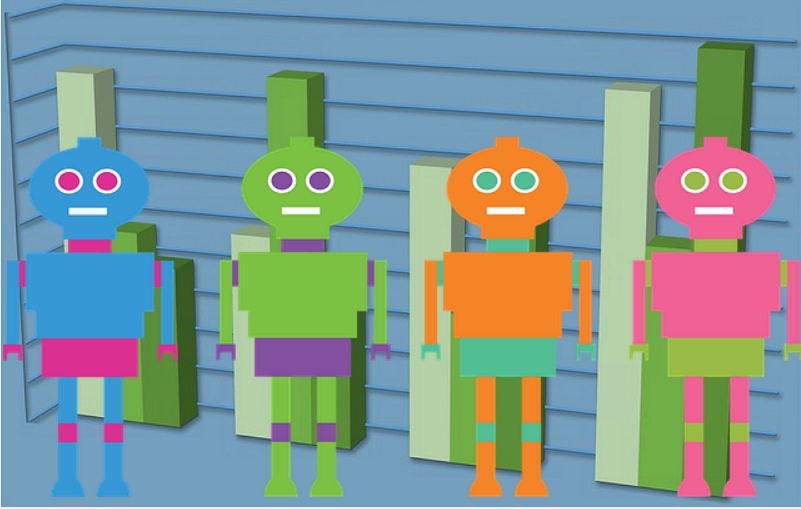As we did read in the first part of this blog post, the chatbot space is relatively new. Not all bots are equal, and not many are configured around Artificial Intelligence (AI) yet. But that’s gonna change real quick. Know more about chatbots and customer analytics.
Remember, bots are built with a purpose. For now, there are two types of chatbots out there – one built with limited programming for a limited purpose, and the other with AI, where the bot learns on the go. The latter is still rare in numbers.
But as your bot starts to get traction, you are suddenly staring at an abyss, one you never thought existed. That hole is analytics. Analyzing data left behind by your customers is something your business will have to look at if it does deploy chatbots. In fact, the two go hand in hand. Bot analytics provides brands an opportunity to go even deeper into their data analysis.
After all, every company needs a set of tools to gain insights from its customer interactions to analyze them correctly. Chatbots are one more addition to the toolkit. By using analytics derived by bots, brands can take strategic as well as tactical decisions around customer service.
Another business area where bots can help Enterprises is to augment the importance of Big Data through their automated data collection. AI bots have the capacity to automatically add to a customer profile by progressively seeking more information during its customer interactions.
In customer analytics, chatbots enjoy one advantage over the traditional tools of data accumulation – it’s their very nature. Chatbots network with customers directly, that too in real-time, and not via some 3rd party such as a social network. This means, rather than a brand having to collect data for analysis from scattered sources, all it needs to do is to extract the data made available by the bot. After all, the analysis of the various actions undertaken by a potential lead or customer at various touchpoints in his/her journey is crucial to take follow-up action.
A bot analytics platform allows Enterprises to primarily do two things: increase user engagement and acquire new customers. Such a platform can deliver high value derived from a large data set within a short period of time, something that will take a human analyst a longer time to process.
Analytics dashboards specifically targeted at the customer, such as the ones provided by Express Analytics, can easily be configured to add bot-centric inputs to bolster industry-standard metrics such as engagement and retention.
But do remember that chatbots are still young. They are coming to terms with the collection and treatment of large quantities of data that will only grow exponentially over time. 1st gen bots, believe it or not, may not be as accurate or as a fail-safe, as many of us believe them to be. Some experts think that human biases are bound to creep in during their development. Which could reflect and affect the analysis of the data that the bots have collected. So, for now, periodic human interventions to analyze the analytics are necessary if an Enterprise wants to ensure that its strategic plans are based on accurate facts.
This concludes the series.
An Engine That Drives Customer Intelligence
Oyster is not just a customer data platform (CDP). It is the world’s first customer insights platform (CIP). Why? At its core is your customer. Oyster is a “data unifying software.”
Liked This Article?
Gain more insights, case studies, information on our product, customer data platform


No comments yet.